Safe & secure tBTC wallet
Take control of your tBTC assets with complete confidence in the Trezor ecosystem.
- Secured by your hardware wallet
- Use with compatible hot wallets
- Trusted by over 2 million customers
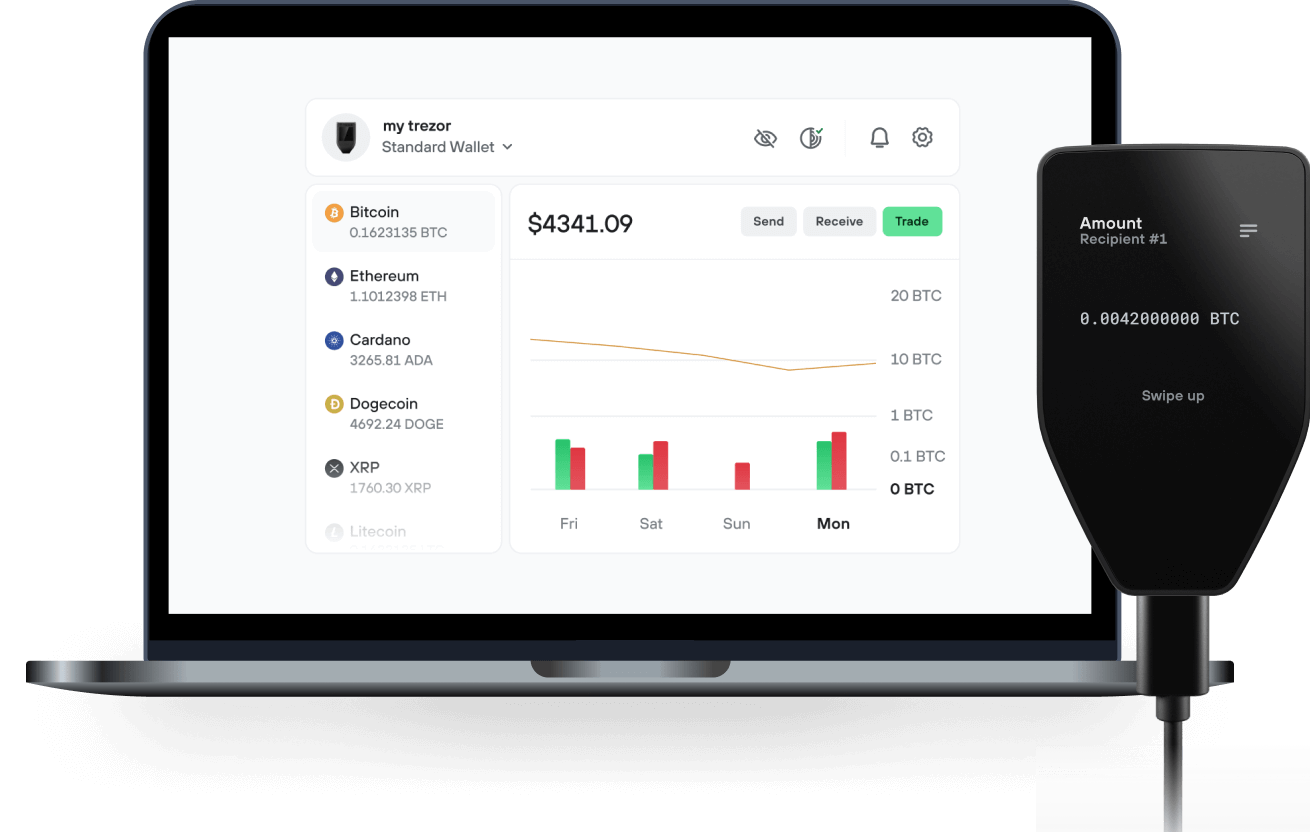
Send & receive your tBTC with the Trezor Suite app

Send & receive

Swap
Trezor hardware wallets that support tBTC
Sync your Trezor with wallet apps
Manage your tBTC with your Trezor hardware wallet synced with several wallet apps.
Trezor Suite
MetaMask
Backpack
Rabby
NuFi
Supported tBTC Networks
- Polygon POS
- Base
- Ethereum
- Arbitrum One
- Optimism
- Solana
Why a hardware wallet?
Go offline with Trezor
- You own 100% of your coins
- Your wallet is 100% safe offline
- Your data is 100% anonymous
- Your coins aren’t tied to any company
Online exchanges
- If an exchange fails, you lose your coins
- Exchanges are targets for hackers
- Your personal data may be exposed
- You don’t truly own your coins
How to TBTC on Trezor
Connect your Trezor
Install Trezor Suite app
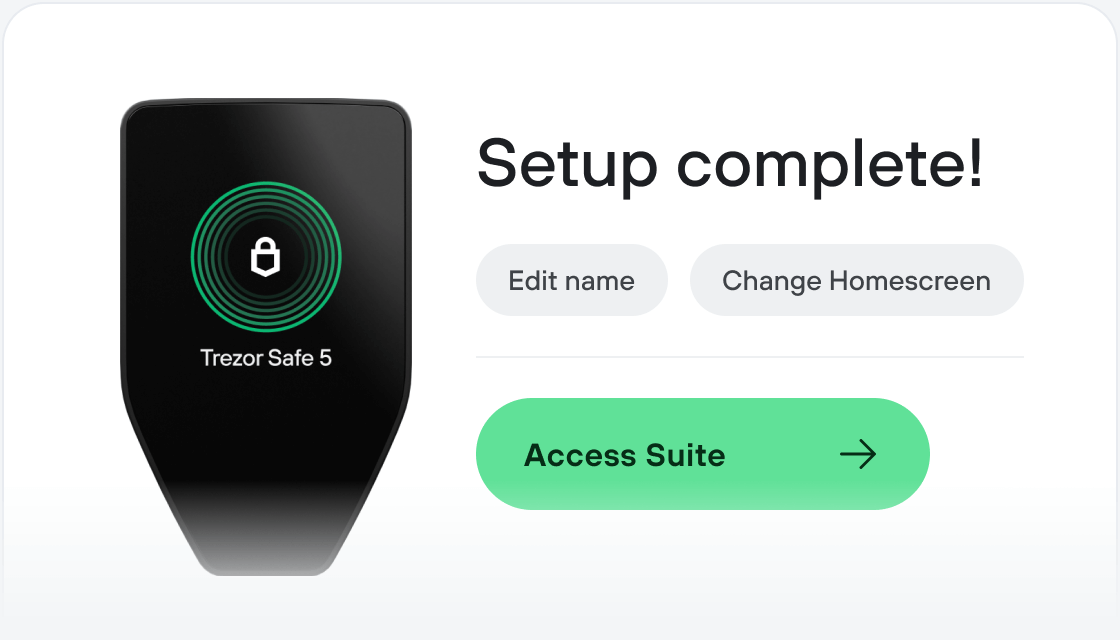
Transfer your TBTC
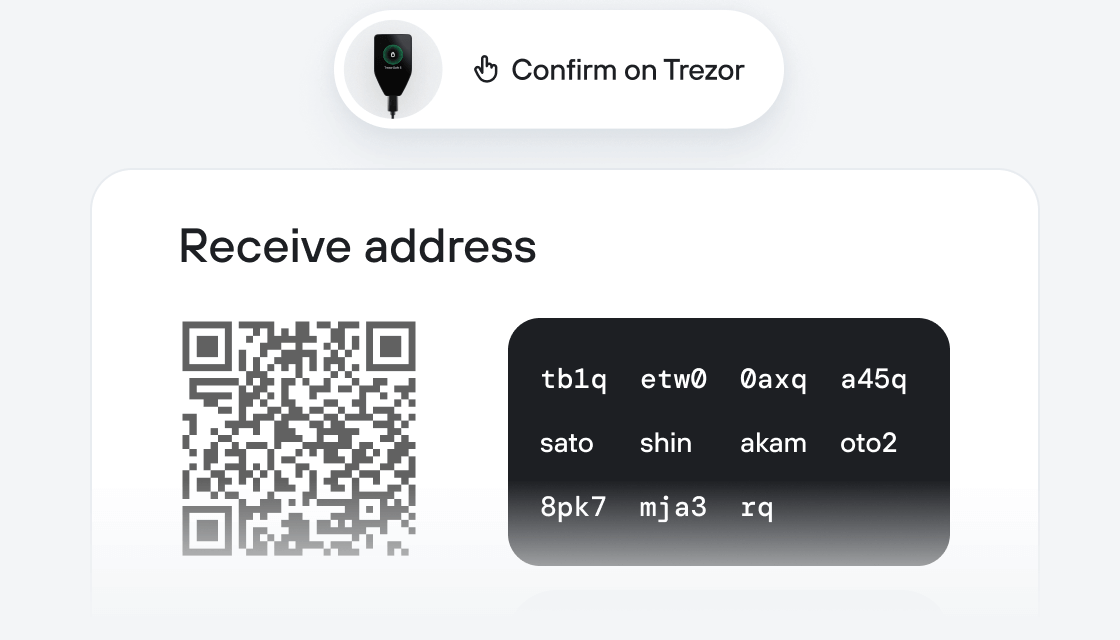
Make the most of your TBTC
Trezor keeps your TBTC secure
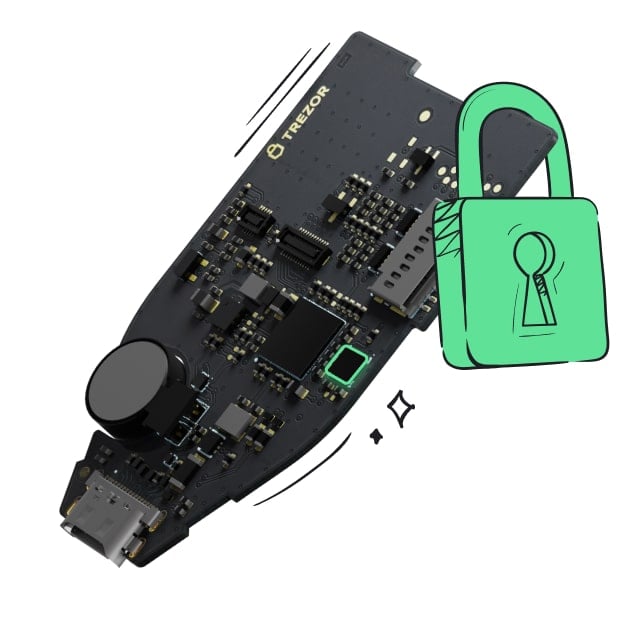 Protected by Secure Element
Protected by Secure ElementThe best defense against both online and offline threats
 Your tokens, your control
Your tokens, your controlAbsolute control of every transaction with on-device confirmation
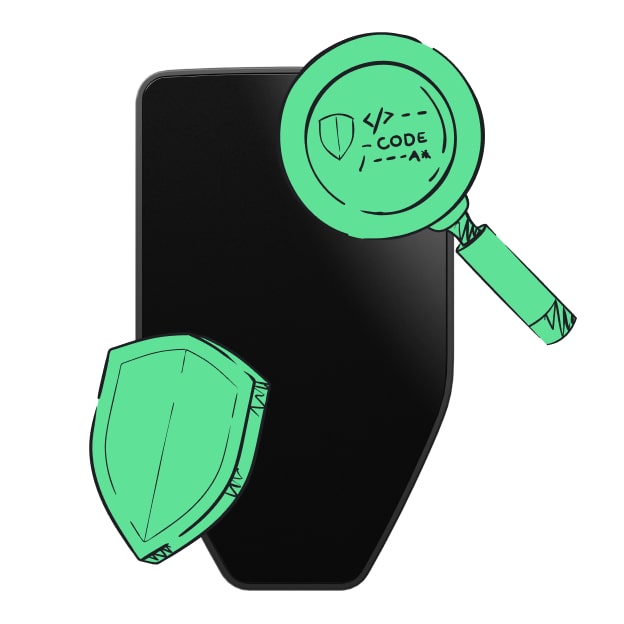 Security starts with open-source
Security starts with open-sourceTransparent wallet design makes your Trezor better and safer
 Clear & simple wallet backup
Clear & simple wallet backupRecover access to your digital assets with a new backup standard
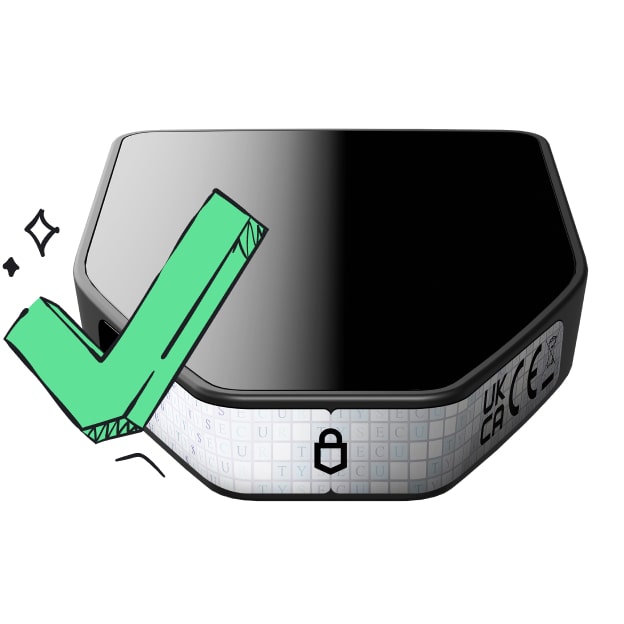 Confidence from day one
Confidence from day onePackaging & device security seals protect your Trezor’s integrity
What is tBTC? tBTC allows you to unlock your Bitcoin’s value to borrow and lend, mint stablecoins, provide liquidity, and much more.
tBTC is a decentralized wrapped Bitcoin that is 1:1 backed by main-net BTC. Existing solutions bringing Bitcoin to Ethereum require you to send your Bitcoin to an intermediary, who then issues you an Ethereum token representing your original asset.
This centralized model requires you to trust a third party and is prone to censorship, sacrificing Bitcoin's promise of secure, permissionless decentralization.
How does tBTC solve this issue? Instead of centralized intermediaries, tBTC uses a randomly selected group of operators running nodes on the Threshold Network to secure deposited Bitcoin through threshold cryptography.
That means tBTC requires a threshold majority agreement before operators perform any action with your Bitcoin. By rotating the selection of operators weekly, tBTC protects against any individual or group of operators colluding to fraudulently seize the underlying deposits.
By relying on an honest-majority-assumption, we can calculate the likelihood any wallet comprised of a quorum of dishonest operators. An insurance backstop (the coverage pools), serves as an emergency fallback in the event a wallet is compromised.
What is Threshold Network? Threshold.network stems from the merger of NuCypher and Keep networks into a single decentralized network — it delivers a suite of threshold cryptography services for web3 applications through a decentralized network of staking nodes. The whole community is governed by a DAO.
Flagship services of Threshold Network include Threshold Access Control (TACo) – which enables end-to-end encrypted data sharing and communication without the need to trust a centralized authority, tBTC v2 - the only decentralized and permissionless Bitcoin-to-Ethereum asset bridge and thUSD - an overcollateralized and decentralized USD stablecoin that uses both ETH and tBTC as collateral.